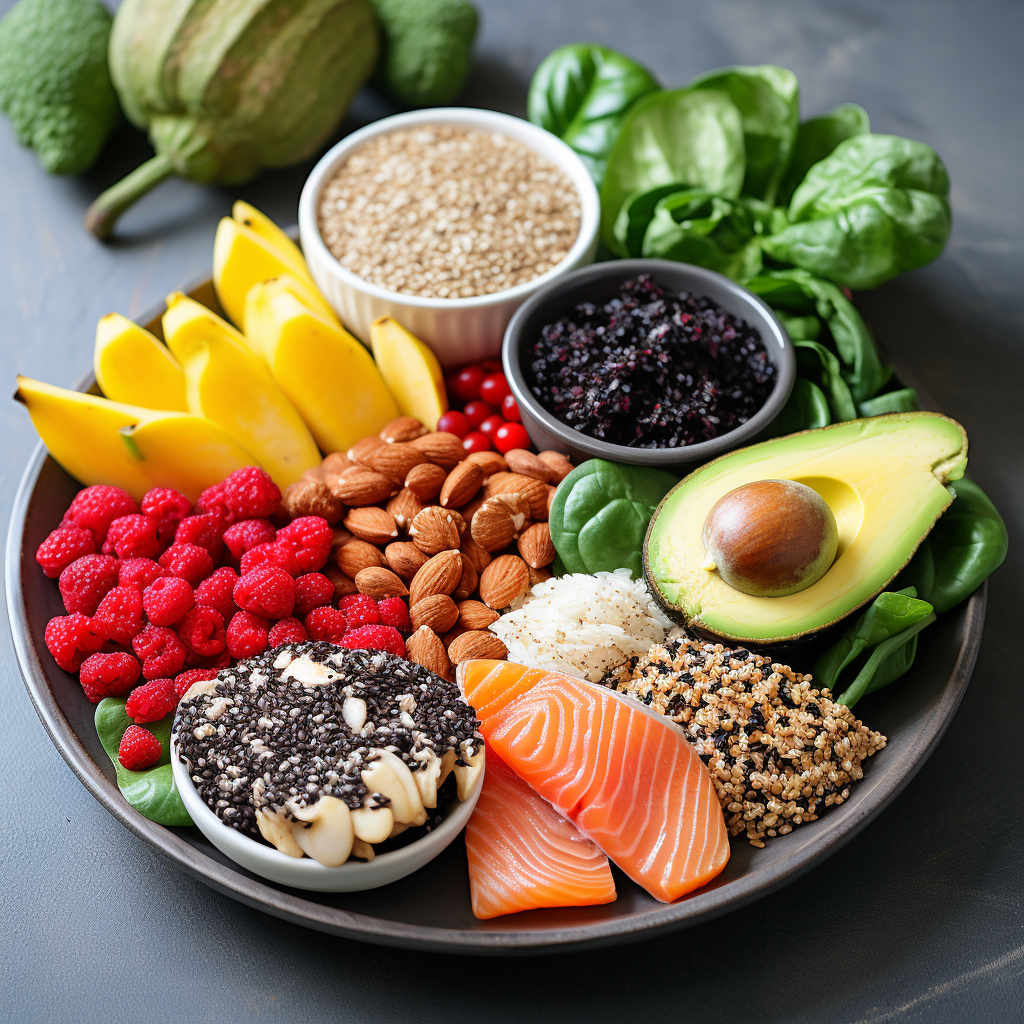The Health Promotion Board (HPB) Nutri-Grade Label system is an innovative approach aimed at helping consumers make healthier beverage choices. As part of Singapore’s war on diabetes, the system categorizes pre-packaged sugar-sweetened beverages based on their nutritional content, particularly focusing on sugar and saturated fat levels. Beverages are graded from ‘A’ to ‘D’, with ‘A’ being the healthiest choice with the lowest sugar content, and ‘D’ indicating a high level of sugar.
When you encounter a beverage with the HPB Nutri-Grade label, you can quickly assess its health quotient. A drink with an ‘A’ grade is an excellent choice for regular consumption, while those labeled with ‘B’ or ‘C’ can be enjoyed occasionally. However, beverages that carry a ‘D’ grade should be consumed sparingly, if at all, due to their high sugar content which can lead to health issues such as obesity and diabetes if consumed frequently.
Understanding the hpb nutri-grade system is essential for making informed decisions that align with your health and wellness goals. It empowers you to easily identify and select better options while grocery shopping or when grabbing a drink on the go.
Ready to kickstart your wellness journey? Sign up for our content to receive exclusive tips and updates. Take the first step towards a healthier, happier you! Join Our Community Today.!
The Significance of Nutri-Grade in Your Diet

The incorporation of the HPB Nutri-Grade label into your diet is more than just a tool for selecting drinks; it’s a catalyst for a broader understanding of nutritional value and its impact on your health. This grading system serves as a daily reminder of the importance of reducing sugar intake and encourages the consumption of healthier beverages.
Consuming high amounts of sugar, especially from sugary drinks, is linked to an increased risk of developing chronic conditions such as obesity, type 2 diabetes, and heart disease. By utilizing the Nutri-Grade system, you can easily navigate through the myriad of beverage choices and select options that contribute positively to your diet. This proactive approach to nutrition can lead to better overall health outcomes and a more balanced diet.
Moreover, the HPB Nutri-Grade label indirectly educates consumers about the hidden sugars in beverages that are often marketed as ‘healthy’. By doing so, it fosters a more discerning and informed approach to consuming packaged drinks. Over time, this knowledge can extend to better food choices across different categories, reinforcing a culture of health-consciousness and preventative care.
In essence, the Nutri-Grade label isn’t just a rating—it’s a stepping stone towards a healthier lifestyle, where every sip counts towards your wellbeing. By making Nutri-Grade a part of your dietary considerations, you are prioritizing your health with every beverage choice you make.
Deciphering the Nutri-Grade Labels: A Step-by-Step Guide

Understanding the HPB Nutri-Grade labels is crucial to making informed decisions about your beverage consumption. These labels are designed to provide at-a-glance information about the nutritional quality of pre-packaged drinks, helping you to choose healthier options effortlessly. Here’s a step-by-step guide to deciphering what each Nutri-Grade label means for your health:
- Grade A: Beverages with this label are the healthiest options, containing the lowest sugar levels. Choosing drinks with a Grade A label is an excellent way to enjoy a refreshing beverage without consuming excess sugar.
- Grade B: These drinks have a moderate sugar content and are a better choice compared to higher-grade alternatives. Opting for Grade B beverages can be a good compromise if you’re looking for a bit of sweetness.
- Grade C: Grade C indicates a higher sugar content, which should be consumed in moderation. If you’re transitioning towards a healthier diet, consider reducing your intake of these beverages gradually.
- Grade D: These are high in sugar and are best avoided or consumed only occasionally. Drinks with a Grade D label are the least recommended for a health-conscious diet.
Each grade corresponds to a specific range of sugar content per 100 ml, with Grade A having the least and Grade D the most. It’s important to note that the Nutri-Grade also takes into account the presence of beneficial nutrients, such as calcium and fiber, which can influence the grade positively. By familiarizing yourself with these labels, you can tailor your drink choices to support your dietary goals and contribute to a healthier lifestyle.
Comparing Nutri-Grade: Beverages Under the Spotlight

When comparing beverages through the lens of the HPB Nutri-Grade system, it’s essential to consider not only the sugar content but also how different types of drinks stack up against each other. For instance, sodas and sweetened teas often fall into the higher Nutri-Grade categories (C and D), indicating a high sugar level that contributes to their palatable sweetness yet poses a risk to health when consumed in excess.
In contrast, beverages such as 100% fruit juices, although naturally sweet, may receive a more favorable grade due to the absence of added sugars. However, it’s important to remember that even these can be high in natural sugars and should be consumed in moderation. Milk-based drinks that contain added sugars might receive a lower grade, but those without added sugars and high in calcium could score better, reflecting their nutritional value.
Similarly, sports drinks, often perceived as healthy due to their association with physical activity, can vary widely in their sugar content and consequently, their Nutri-Grade classification. Consumers should scrutinize these drinks closely, as their hydrating benefits can be offset by excessive sugar content.
Ultimately, the Nutri-Grade label serves as a comparative tool that empowers consumers to make healthier choices. By examining beverages under this spotlight, it becomes clearer which options align with a health-conscious lifestyle and which should be limited to maintain a balanced diet. The key takeaway is to use the Nutri-Grade system as a guide to navigate the vast array of beverage choices, striving for those that contribute positively to our overall well-being.
Nutri-Grade’s Role in Promoting Healthier Choices

The introduction of the HPB Nutri-Grade labeling system plays a pivotal role in steering public choices towards healthier beverage options. This front-of-pack labeling initiative categorizes drinks based on their nutritional profile, particularly sugar content, providing a straightforward indication of the healthiness of a beverage. The influence of Nutri-Grade on consumer behavior is multifaceted, affecting decisions at both the individual and societal levels.
Individually, it equips consumers with the knowledge to discern between beverages that can contribute to a healthy diet and those that may lead to negative health outcomes if consumed regularly. This is especially crucial given the increasing prevalence of lifestyle-related conditions, such as obesity and diabetes, which are exacerbated by high sugar intake. The Nutri-Grade label encourages mindfulness about consumption and fosters a more informed approach to dietary habits.
From a broader perspective, the Nutri-Grade system incentivizes manufacturers to reformulate their products to achieve a better rating. As consumer demand shifts towards healthier options, companies are prompted to reduce sugar content and consider alternative ingredients to improve the nutritional value of their drinks. This not only benefits public health but also aligns with global trends of health-consciousness and corporate responsibility.
The role of the Nutri-Grade label extends beyond mere information dissemination. It represents a public health strategy aimed at creating a healthier food environment. By making the healthy choice the easy choice, Nutri-Grade has the potential to drive a significant shift in consumption patterns, thereby contributing to the reduction of sugar-related health risks and promoting a culture of wellness.
Navigating Challenges: Limitations of the Nutri-Grade System
While the HPB Nutri-Grade system marks a significant step forward in public health policy, it is not without its limitations. One of the primary challenges is ensuring that consumers understand and engage with the labeling effectively. Despite the simplicity of the Nutri-Grade system, there is still a risk that individuals may not fully comprehend the implications of each grade, potentially leading to misinformed choices.
Another concern is the system’s focus on sugar content, which, while important, does not encompass the full spectrum of nutritional considerations. Beverages with a favorable Nutri-Grade may still contain other unhealthy additives or lack essential nutrients, thus a low-sugar label does not necessarily equate to a healthy product. This could inadvertently promote a narrow view of what constitutes a healthy diet.
Moreover, the impact of the Nutri-Grade system on consumer behavior is contingent on widespread implementation and visibility. If the labeling is not prominent or uniformly applied across all products, its effectiveness could be compromised. The system also relies on consumers having the opportunity to make choices, which may be limited in environments where beverage options are predetermined, such as in schools or workplaces.
Addressing these challenges requires continuous public education efforts and a holistic approach to nutritional labeling that considers multiple dietary factors. It also underscores the need for supportive policies and environments that facilitate healthy choices.
Ready to kickstart your wellness journey? Sign up for our content to receive exclusive tips and updates. Take the first step towards a healthier, happier you! Join Our Community Today.
Elizabeth Redd: I am a passionate advocate for Health and Healing, dedicated to empowering individuals to live their best lives.
As the founder and publisher of Health and Healing, I have established myself as a guiding force in the wellness industry.
I am committed to providing the latest research, holistic approaches, and inspiring stories to open new possibilities for your health and healing journey.
Learn more about Elizabeth and Join Us at Health and Healing. Also, check out My About Page.






0 Comments